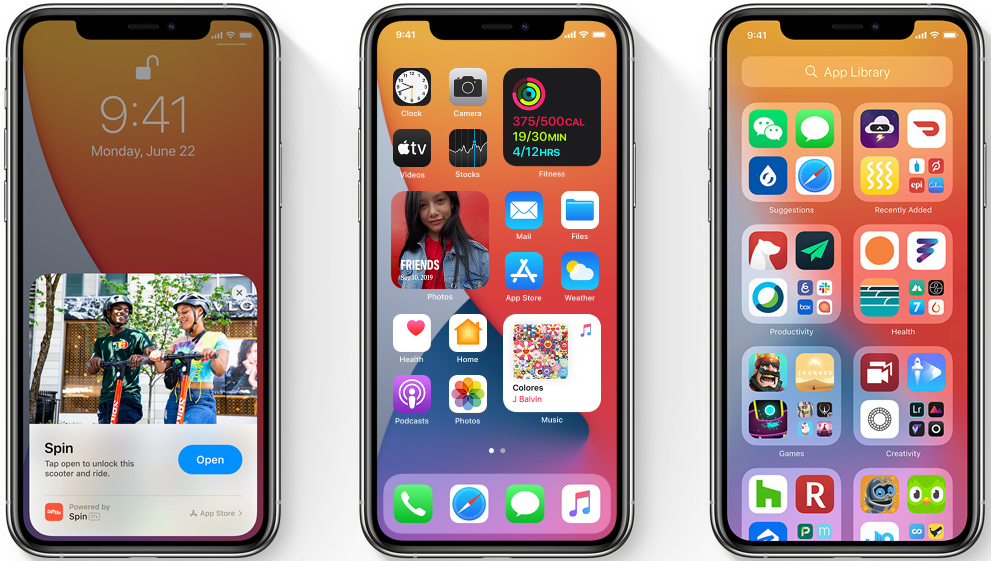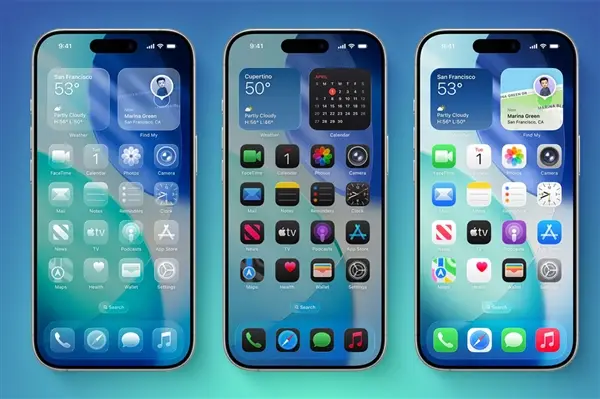Compared to pop ups, the acceptance of this advertising format is significantly higher.
IOS has fewer ads, which is the answer given by many users when answering why they choose iPhone. In the past few years, while the flagship phones of neighboring Android manufacturers have been changing rapidly, Apple’s iPhone has fallen into a stagnant state, but only iOS is almost unbeatable. Nowadays, with the popularity of the newly designed iPhone 17 series and consumers starting to “change their minds”, it seems that the importance of iOS has also begun to decline.
When iOS is no longer the only selling point of the iPhone, Apple’s thinking comes to life. Recently, sources revealed that Apple is advancing plans to introduce advertisements in the Apple Maps app. It is reported that Apple may start advertising in its map app as early as 2026, helping businesses that have paid for advertising to stand out in user search results and gain more traffic.

Although iOS has much fewer ads compared to Android, this does not mean that iOS ads are low in absolute value. As is well known, many domestic Android manufacturers choose to price their hardware at cost in order to make it more cost-effective, and then generate profits through a backward charging model at the software level. This ultimately leads to consumers buying Android phones that are relatively cheap, but are inevitably disturbed by endless advertisements during subsequent use.
In contrast, the hardware profit of iPhone is much higher. According to data released by Counterpoint Research, Apple captured 83% of the global mobile phone industry’s profits in 2024 through a closed-loop ecosystem of “hardware+software+services” with 18% of shipments. Therefore, Apple, which has already made money in hardware, did not choose “I want everything”, and for a long time, iOS advertising has been extremely restrained.
So far, apart from ASA (Apple Search Ads), which refers to the ads that developers place on the App Store, Apple has hardly systematically displayed ads on iOS. So the question arises, knowing that having fewer ads is a major feature of iOS, why did Apple choose to introduce ads in its maps app? Perhaps their attempt to catch up on the AI track is the root of all of this.

At a time when Apple is trying to make up for its workload in the AI field, it is now facing a crisis of core team disintegration. Flipping through the recent departure list of Apple’s AI team, it’s almost like an onboarding list for a top tech company, such as Ruoming Pang, head of the Basic Modeling team, Ke Yang, head of the AKI team, Jian Zhang, chief robotics expert, who switched to Meta, Peebles and Du joining OpenAI, and Zhao Meng joining Anthropic.
The cruel reality now is that Apple, which is lagging behind in the AI field, is not only not showing stronger ambition, but is also supplying top talents to its competitors. Behind this is not only their long-term lack of performance in the AI field, which has led AI experts to hope for a change in the status quo, but also the gap in salary and benefits. When Meta turns the competition for AI talent into a game like transfer of football stars, with salaries often in billions, it can be said that they have completely mixed up the waters of the AI industry.
After all, not all AI scientists can generate electricity for love like the early founders of OpenAI did, and money is also an unavoidable reality. In addition to the increasing cost of AI talent, the computing resources required for AI research and development are also rising rapidly. Nowadays, every manufacturer aspiring to compete for AGI is trying their best to make money. When OpenAI plays with circular financing, it is not surprising that Apple is open sourcing its advertising.
In fact, the combination of maps and advertisements is quite lucrative, and this has been proven by Google Maps. Ten years ago, they launched Google My Business (GMB), which provides valuable localized search traffic to merchants for free. At the same time, in order to distinguish the quality of merchant services and help consumers make judgments, Google has also created its own rating system, Google Reviews (Google Maps Reviews).
However, in the local life service market, industry competition is almost inevitable, so mutual attacks have even become a norm on this platform. So much so that local businesses have been engaged in a decade long “secret war” around Google Reviews, with some overseas marketing companies providing services such as five-star reviews for their customers’ stores and one star negative reviews for their friends.
Due to the fact that localized search based on maps can bring traffic to offline merchants, Google, which hopes to enter the e-commerce business, has chosen to associate maps with merchant ratings, while Apple intends to directly monetize traffic. For example, they can highlight the address or name of the advertising merchant in the search results of the map, so that users can more intuitively notice them. For example, map applications can suggest drivers to take detours to restaurants, hotels, and attractions that have paid advertising fees during navigation.
Compared to pop-up ads, asking hotels, restaurants, and other businesses to pay advertising fees in order to obtain better positions in search results is clearly acceptable to users. After all, similar search engine advertising has existed on the Internet for 20 years.


















暂无评论内容